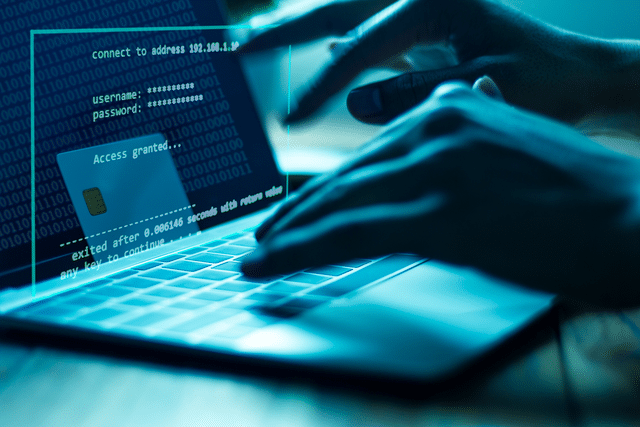Analysts at Aite Group have identified five key security and service steps that legacy solutions are failing to perform. These are the features that are keeping Caller ID, KBA, and voice biometrics from being viable anti-fraud and authentication solutions for the contact center. With 61% of account takeovers traced back to the contact center, this $400 million problem needs immediate resolve.
Protecting personal data in the contact center relies on a best-in-class security solution that benefits both the organization and the customer through:
- Universal Coverage. Customers must be authenticated and fraudsters must be identified on their first call. This prevents fraudsters from being able to enroll as illegitimate customers and alleviates customer privacy concerns.
- Accuracy. The right solution accurately differentiates between legitimate and illegitimate customers. Legacy solutions, such as Caller ID verification and KBA, fail to provide the accuracy needed.
- Speed. Contact center agents must be informed about the legitimacy of callers before they provide access to personal data. KBA takes a long time, which frustrates legitimate customers and offers fraudsters many chances to collect data.
- Low Friction. Customers want service that requires little effort on their part. Most voice biometrics solutions require an enrollment process, which leads to longer call times and lower customer satisfaction.
- Foolproof Technology. Fraudsters are currently using voice distortion, spoofing, social engineering, gateway hacking, and more to circumvent traditional security measures. The right solution needs to withstand these attempts to break through protection.
How do the largest global contact centers stop fraud and protect their customers?
According to a recent survey of 25 executives at 18 of the 40 largest US financial institutions, Phoneprinting™ is the highest ranked contact center anti-fraud solution. Pindrop’s patented technology analyzes 147 different factors in the audio of a phone call in order to create a unique signature that allows contact centers to accurately detect fraud. Avivah Litan, VP Distinguished Analyst at Gartner, describes phoneprinting technology and voice biometrics as “complementary technologies” that mutually benefit both contact center agents and security teams. This phoneprint allows a fraud analyst to create a unique signature for an illegitimate caller, while also determining the caller’s true geographic location, device type, and more. Unlike a phone number or a voice, this information is impossible for fraudsters manipulate. Phoneprinting allows Pindrop’s customers to catch over 80% of fraud calls with less than a 1% false positive rate.
Phoneprinting provides universal protection for all incoming calls to the contact center, allowing contact center agents to identify unknown attackers on their very first call while also creating a robust intelligent blacklist of known attackers. Contact centers are empowered with the technology necessary to stop fraud loss, reduce operations costs, protect brand reputation and compliance, and improve the customer’s overall experience.
Join Pindrop’s Director of Research, Dr. David Dewey, on November 15 to learn more about how Phoneprinting helps the largest global contact centers protect customers and fight fraud.


